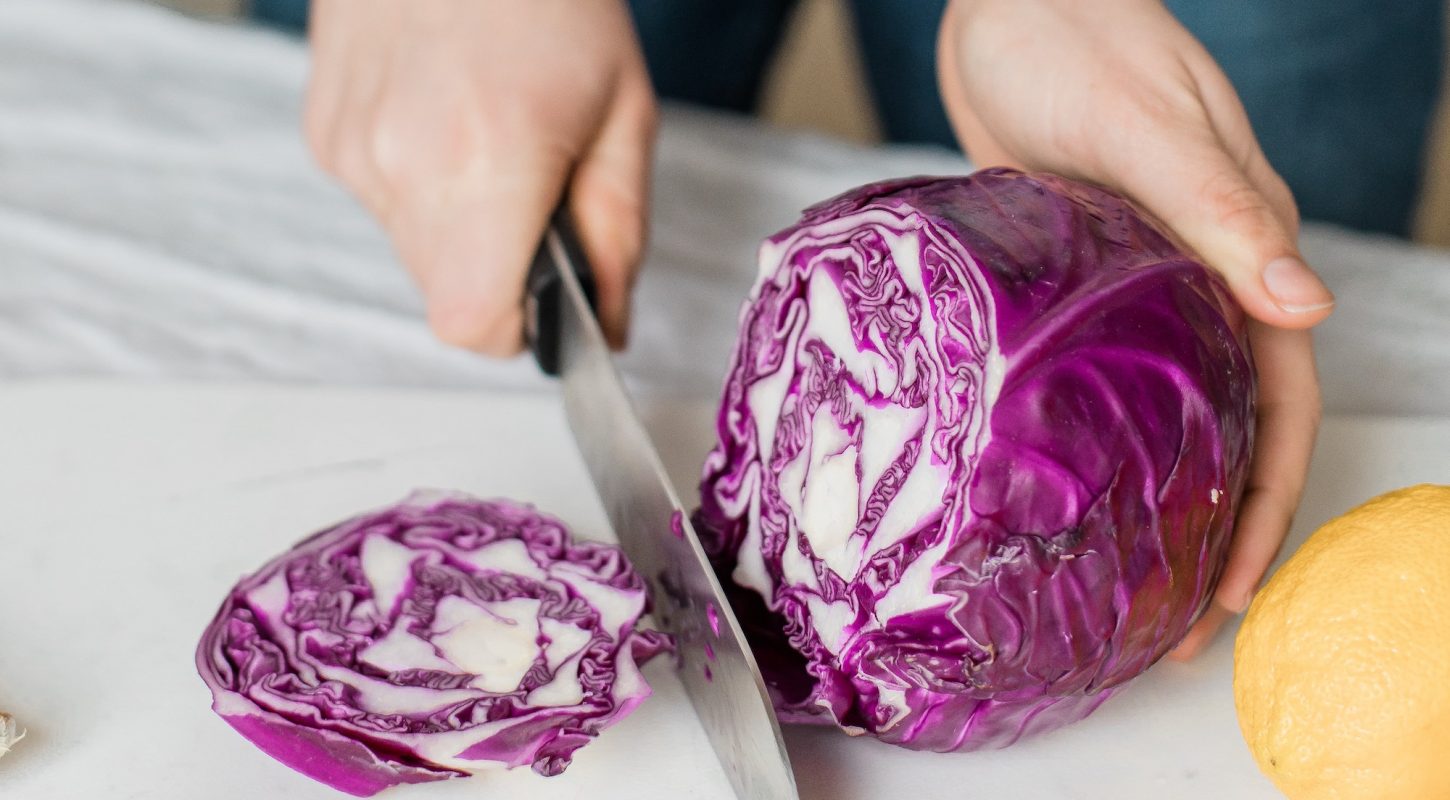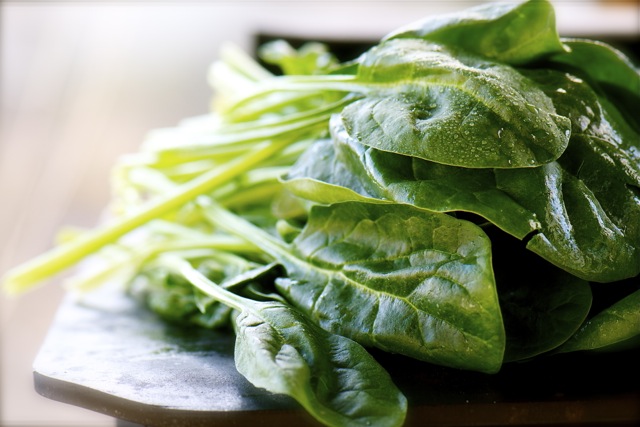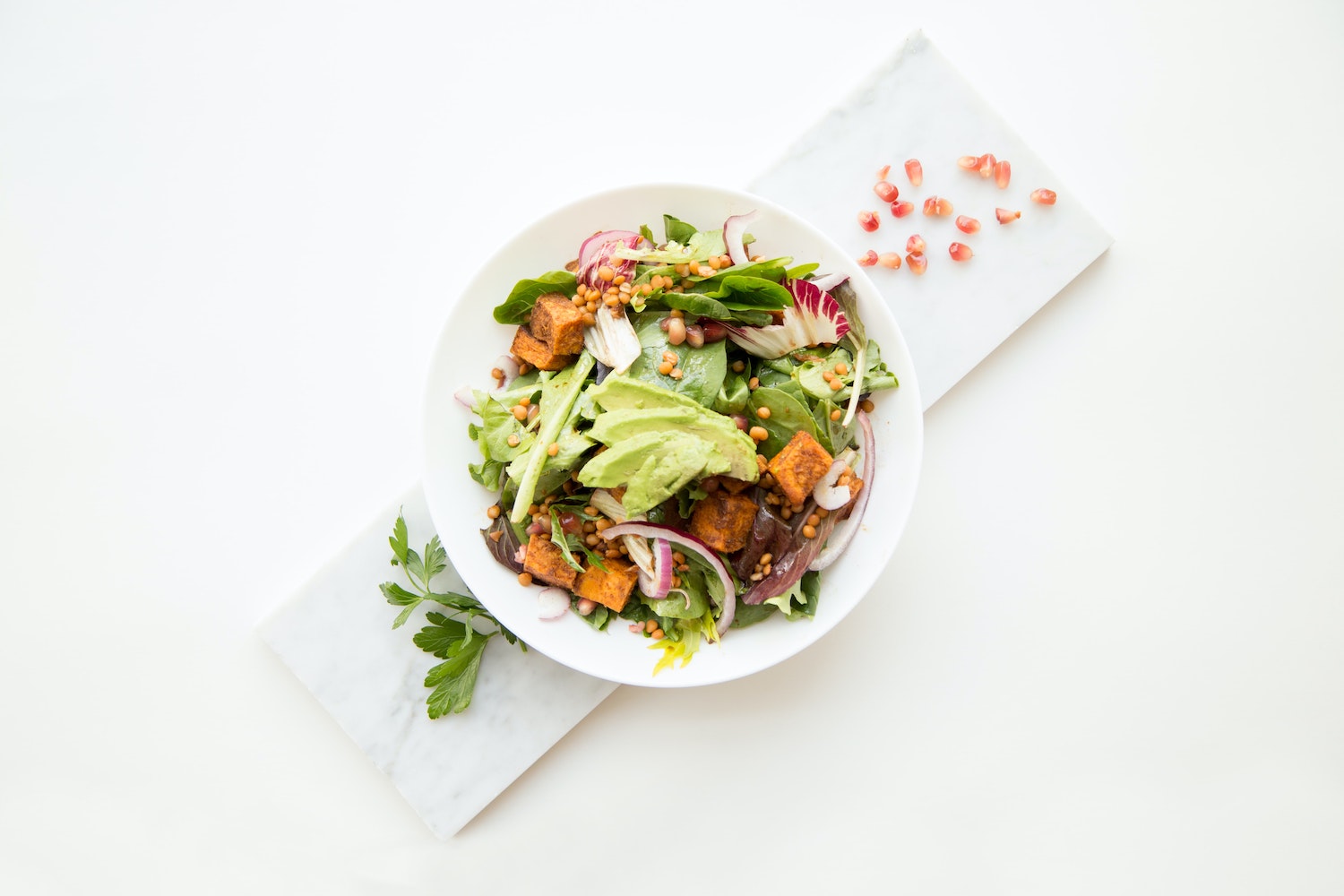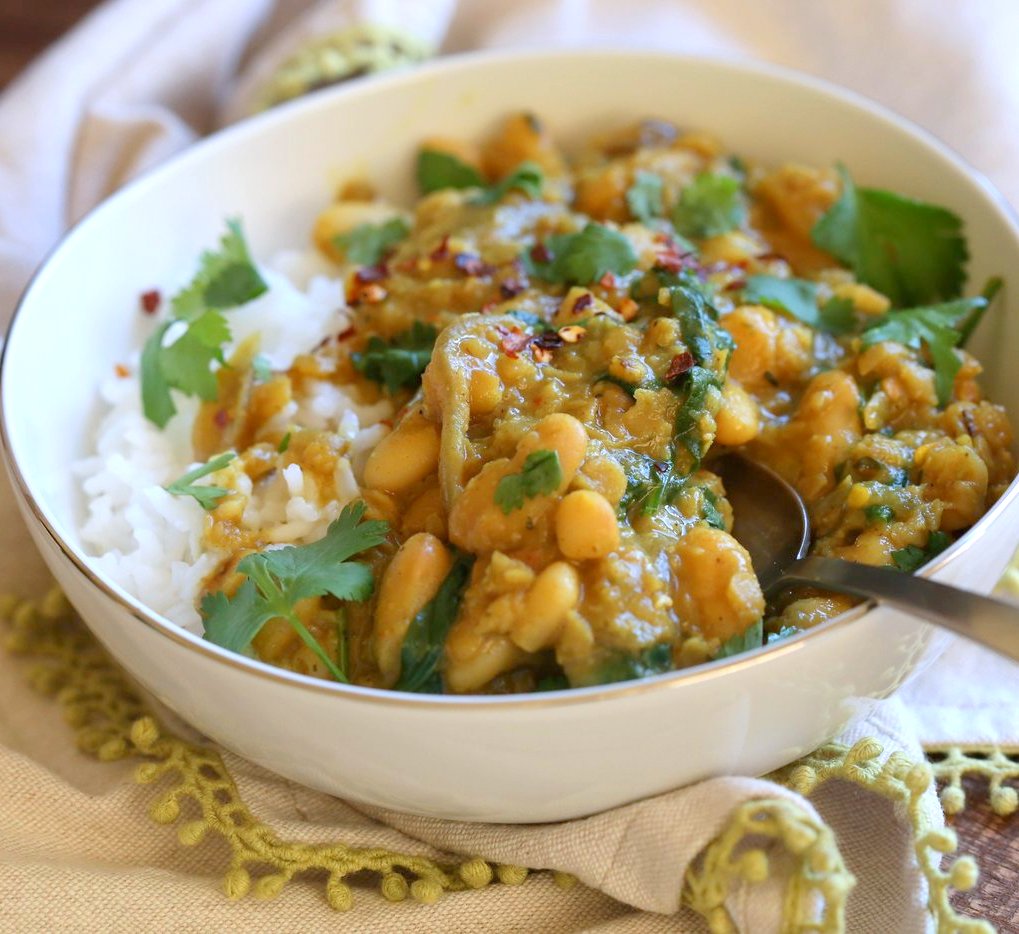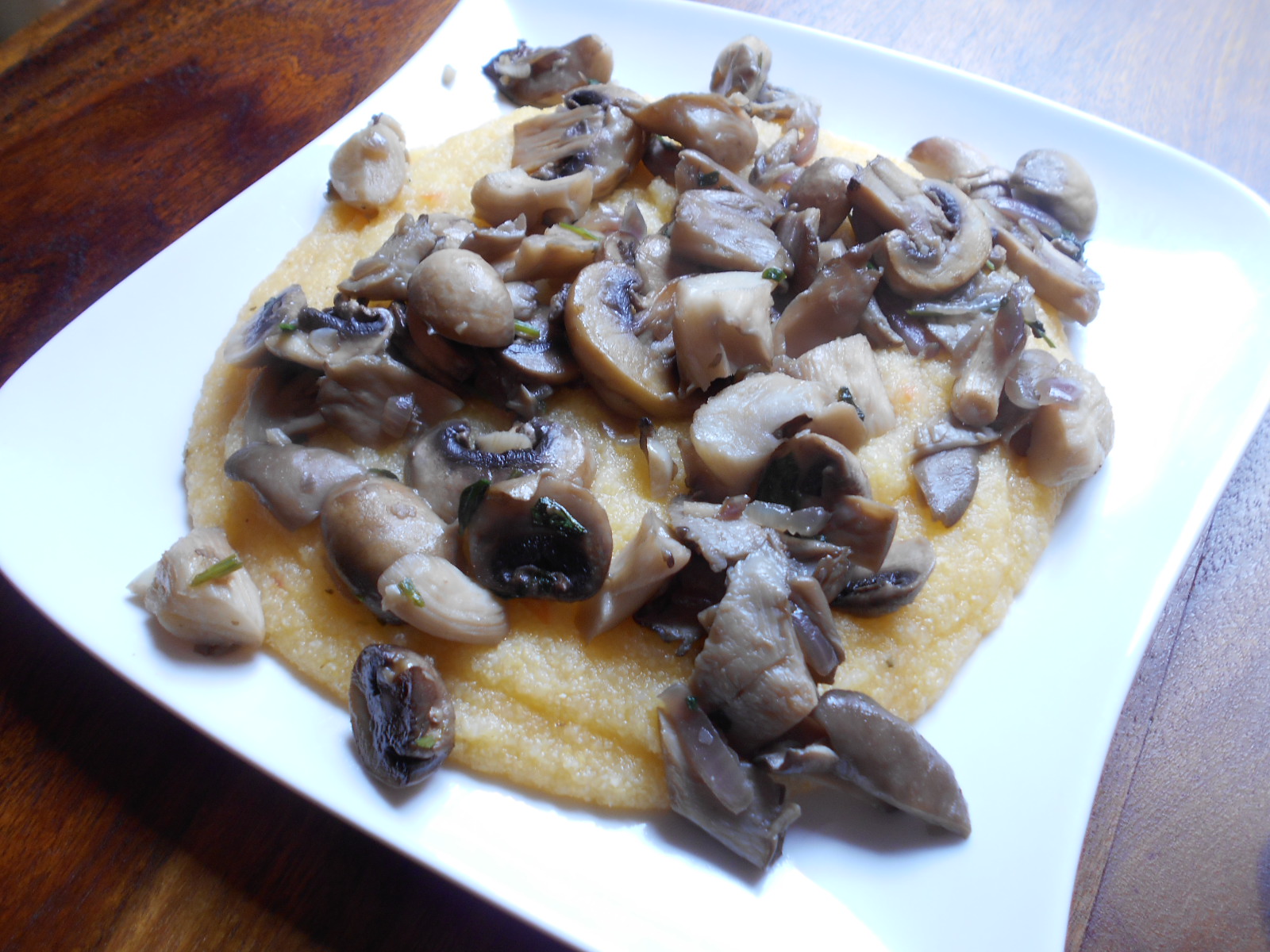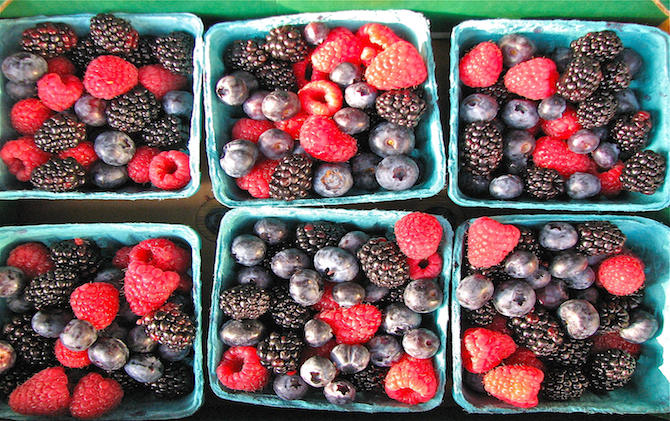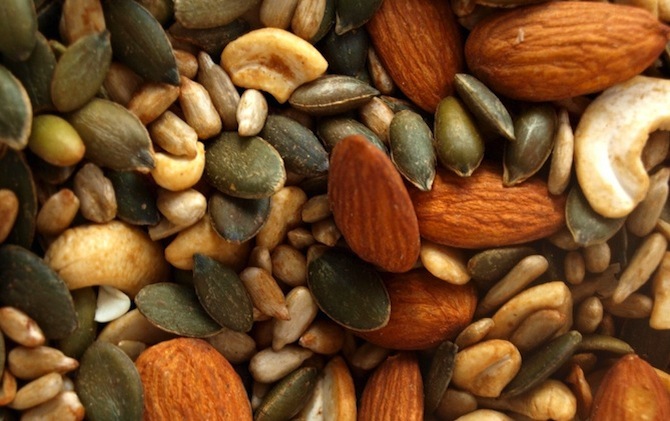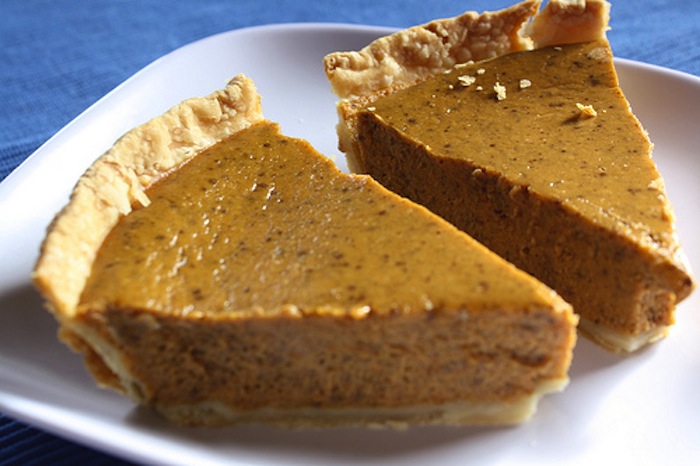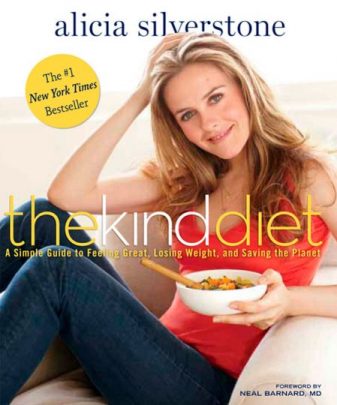Achieving sustainable weight loss takes a more nuanced approach to your diet than “calories in, calories out.” The reality is that you need to eat the right foods (fresh produce, legumes, nuts and seeds, and intact whole grains), avoid the weight gain-promoting substances (salt, oil, sweeteners), and address food addiction to achieve excellent health and optimal weight.
I designed my Nutritarian diet to include a wide portfolio of protective plant foods, which supply a full spectrum of phytonutrients. This eating style is hormonally favorable, offers the full portfolio of anticancer superfoods, and maximizes the number of micronutrients per calorie.
Let’s take a look at some of the healthful plant foods that make up the Nutritarian diet and how they promote weight loss.
Leafy greens and non-starchy vegetables
High in nutrients, low in calories, these foods take up room in the stomach, leading to a feeling of satiety. They are also rich in fiber, phytochemicals, and micronutrients, and very low in calories.
Put it into action: Eat three or more of these every day: Cruciferous vegetables such as kale, broccoli, cabbage, collards, and watercress: salad greens, such as lettuce, arugula, and spinach; alliums such as onions, garlic, and scallions; bell peppers, eggplant, asparagus, zucchini, etc.
Start your meal with a salad
When it comes to salad, the bigger, the better. Studies have found that eating a salad at the start of a meal reduces calorie intake from the meal by blunting your appetite and improving the satiety value of meals. Women who started their lunch with a salad consumed fewer calories from the rest of the meal. The larger the salad, the fewer calories they consumed at lunch.1, 2
Put it into action: To your lettuce, add some tomatoes, sliced red onion, shredded carrots, and some raw cruciferous like arugula, radishes, or cabbage. Your choice of dressing is important. Including fat in your salad makes the salad more filling and helps your body absorb carotenoids from the raw vegetables. But whole food fat sources – nuts, seeds, and avocado – are superior to oils. Keep reading to learn how nuts and seeds promote a healthy weight.
Beans are filling and low-glycemic
Looking for the best starchy food? Beans, lentils, and split peas are especially high in indigestible carbohydrates (fiber and resistant starch). They slow the absorption of sugars from a meal, and reduce the elevation in glucose and insulin following the meal. Plus, these indigestible starches provide sustenance for the beneficial bacteria of the gut microbiome.3
Beans promote satiety, helping to reduce total calorie intake, and studies suggest beans in one meal can even blunt the blood glucose response of the next meal.4, 5 An analysis of 21 randomized controlled trials on bean or lentil containing diets vs. a diet with the same number of calories but no beans found the bean groups lost more weight than the control groups.6
Whole grains often get more attention, but beans are more healthful than whole grains. A dietary intervention study directly comparing the two in patients with type 2 diabetes found beans were superior to whole grains for improving body weight and cardiovascular risk factors.7
Put it into action: Variety is the spice of life, so broaden your mealtime horizons by experimenting with different varieties of beans. Choose from adzuki beans, black beans, cannellini, chickpeas, edamame (and dried soy beans) green peas, lentils, kidney beans, Navy beans, pinto beans, and white beans.
Mushrooms will grow on you
One way to cut calories effortlessly is to add mushrooms to your daily diet. In the lab, mushroom phytochemicals inhibit human enzymes that digest carbohydrates, which could reduce calorie absorption.8 Studies also suggest that mushrooms increase satiety; that when people replace meat with mushrooms in their meals, they do not compensate by eating more calories from other foods.9
Here’s an example: A one-year-long clinical trial of 73 obese adults instructed half to replace all red meat with mushrooms, and the other half to follow a standard weight loss diet. The mushroom group had lower calorie intake, lost more weight, and lower BMI, waist circumference, percent, body fat, and blood pressure compared to the standard diet group.10
Put it into action: Mushrooms add a depth of savory flavor – known as umami – to dishes. Branch out from the usual white button variety and try chanterelle, cremini, maitake, oyster, porcini, portobello, reishi, or shiitake.
Berries and pomegranate
Low-sugar, high-antioxidant fruits like berries are rich in anthocyanins and other phytochemicals. Berry extracts inhibit digestive enzymes that break down carbohydrates and reduce glucose absorption according to laboratory studies.11, 12
Berries limited the rise in blood glucose after a meal in multiple human studies.12 For example, one study compared a blend of pureed berries (bilberries, blackcurrants, cranberries, and strawberries) plus sugar to sugar alone. In the berry group, the blood glucose response was lower and occurred more slowly, likely due to a combination of the effects of fiber and anthocyanins.13 Another study suggested consuming blueberries regularly for six weeks improved insulin sensitivity.14
Put it into action: With their rich jewel tones (courtesy of their flavonoid content), berries are as pleasing to the eye as they are to the palate. Buy them fresh while they’re in-season or opt for frozen (cheaper). Choose blueberries, strawberries, blackberries, raspberries, and pomegranate arils.
Nuts and seeds
Can nuts and seeds be high in calories, but still good for weight loss? Yes! Despite their calorie density, nuts and seeds do not promote weight gain. In fact, the research suggests eating nuts and seeds helps with maintaining a healthy weight. There are a few possible contributing factors: all of the calories in nuts are likely not absorbed; nuts have a high satiety value, suppressing appetite and leading to lower overall calorie intake; eating nuts may increase calorie expenditure, but this is still unclear.15, 16 In a large study of U.S. adults, those who ate nuts daily had lower BMI, waist circumference than those who ate nuts less frequently or not at all.17
Put it into action: Nuts and seeds have the added bonus that they’re linked to longevity.18 Try chia, flax, hemp, pumpkin and sesame seeds, and almonds, walnuts and cashews.
Joel Fuhrman, M.D. is a board-certified family physician, seven-time New York Times bestselling author, and nutritional researcher who specializes in preventing and reversing disease through nutritional and natural methods. Through his medical practice, Eat to Live Retreat in San Diego, books and television specials, Dr. Fuhrman shares his life-saving nutritional protocols with people around the world. His work and discoveries are published in medical journals, and he is involved with multiple nutritional studies with major research institutions across America. Learn more at DrFuhrman.com.
References
- Roe LS, Meengs JS, Rolls BJ. Salad and satiety. The effect of timing of salad consumption on meal energy intake. Appetite 2012, 58:242-248.
- Rolls BJ, Roe LS, Meengs JS. Salad and satiety: energy density and portion size of a first-course salad affect energy intake at lunch. J Am Diet Assoc 2004, 104:1570-1576.
- Sonnenburg ED, Sonnenburg JL. Starving our microbial self: the deleterious consequences of a diet deficient in microbiota-accessible carbohydrates. Cell Metab 2014, 20:779-786.
- Mollard RC, Zykus A, Luhovyy BL, et al. The acute effects of a pulse-containing meal on glycaemic responses and measures of satiety and satiation within and at a later meal. Br J Nutr 2012, 108:509-517.
- Li SS, Kendall CW, de Souza RJ, et al. Dietary pulses, satiety and food intake: a systematic review and meta-analysis of acute feeding trials. Obesity (Silver Spring) 2014, 22:1773-1780.
- Kim SJ, de Souza RJ, Choo VL, et al. Effects of dietary pulse consumption on body weight: a systematic review and meta-analysis of randomized controlled trials. Am J Clin Nutr 2016, 103:1213-1223.
- Jenkins DJ, Kendall CW, Augustin LS, et al. Effect of legumes as part of a low glycemic index diet on glycemic control and cardiovascular risk factors in type 2 diabetes mellitus: a randomized controlled trial. Arch Intern Med 2012, 172:1653-1660.
- Su CH, Lu TM, Lai MN, Ng LT. Inhibitory potential of Grifola frondosa bioactive fractions on alpha-amylase and alpha-glucosidase for management of hyperglycemia. Biotechnol Appl Biochem 2013, 60:446-452.
- Cheskin LJ, Davis LM, Lipsky LM, et al. Lack of energy compensation over 4 days when white button mushrooms are substituted for beef. Appetite 2008, 51:50-57.
- Poddar KH, Ames M, Hsin-Jen C, et al. Positive effect of mushrooms substituted for meat on body weight, body composition, and health parameters. A 1-year randomized clinical trial. Appetite 2013, 71:379-387.
- Williamson G. Possible effects of dietary polyphenols on sugar absorption and digestion. Mol Nutr Food Res 2013, 57:48-57.
- Castro-Acosta ML, Lenihan-Geels GN, Corpe CP, Hall WL. Berries and anthocyanins: promising functional food ingredients with postprandial glycaemia-lowering effects. Proc Nutr Soc 2016, 75:342-355.
- Torronen R, Sarkkinen E, Niskanen T, et al. Postprandial glucose, insulin and glucagon-like peptide 1 responses to sucrose ingested with berries in healthy subjects. Br J Nutr 2012, 107:1445-1451.
- Stull AJ, Cash KC, Johnson WD, et al. Bioactives in blueberries improve insulin sensitivity in obese, insulin-resistant men and women. J Nutr 2010, 140:1764-1768.
- Tindall AM, Petersen KS, Lamendella R, et al. Tree Nut Consumption and Adipose Tissue Mass: Mechanisms of Action. Curr Dev Nutr 2018, 2:nzy069.
- Tan SY, Dhillon J, Mattes RD. A review of the effects of nuts on appetite, food intake, metabolism, and body weight. Am J Clin Nutr 2014, 100 Suppl 1:412S-422S.
- O’Neil CE, Fulgoni VL, 3rd, Nicklas TA. Tree Nut consumption is associated with better adiposity measures and cardiovascular and metabolic syndrome health risk factors in U.S. Adults: NHANES 2005-2010. Nutr J 2015, 14:64.
- Grosso G, Yang J, Marventano S, et al. Nut consumption on all-cause, cardiovascular, and cancer mortality risk: a systematic review and meta-analysis of epidemiologic studies. Am J Clin Nutr 2015, 101:783-793.
